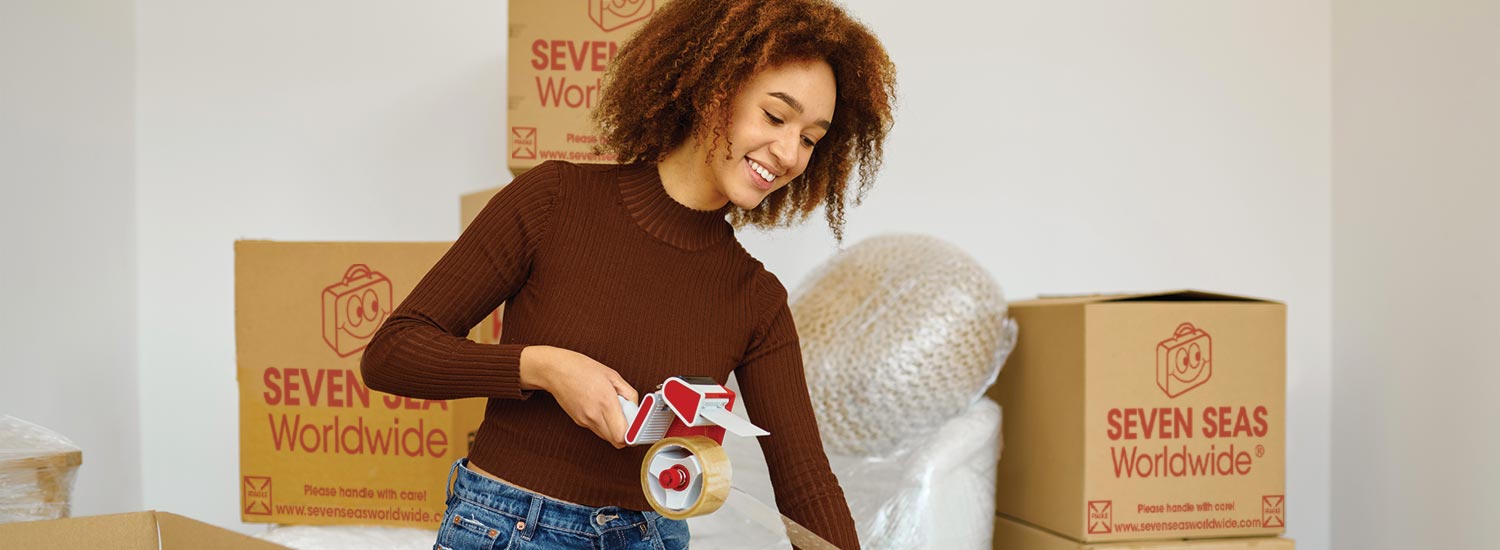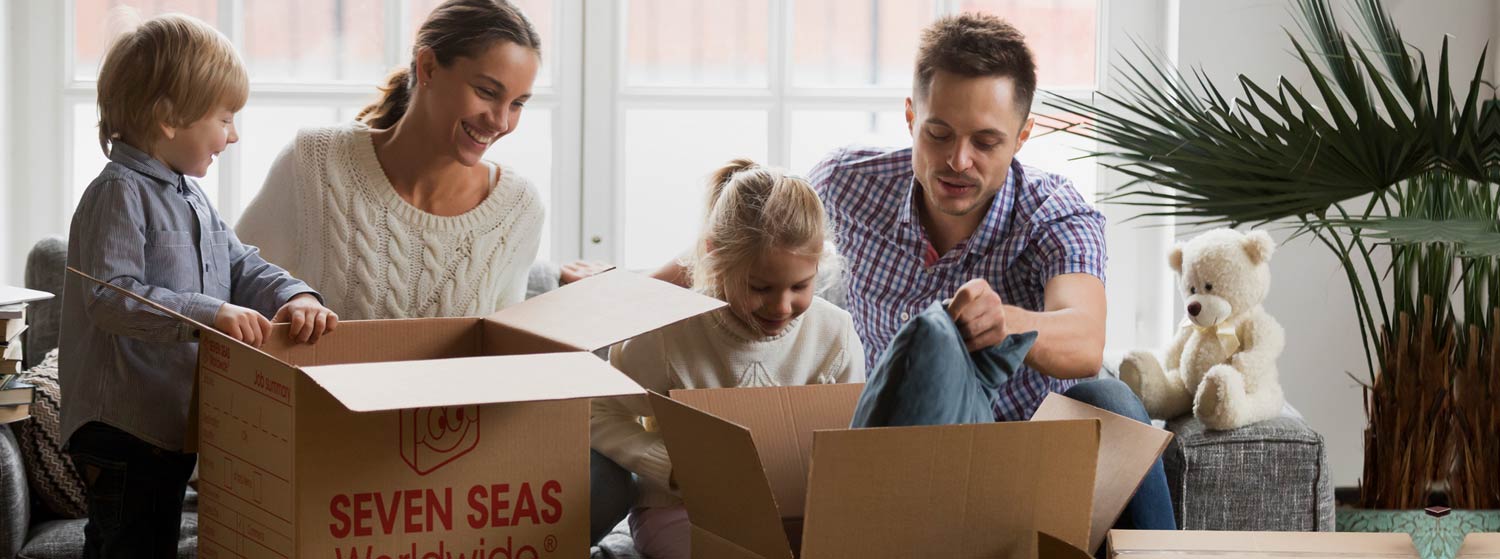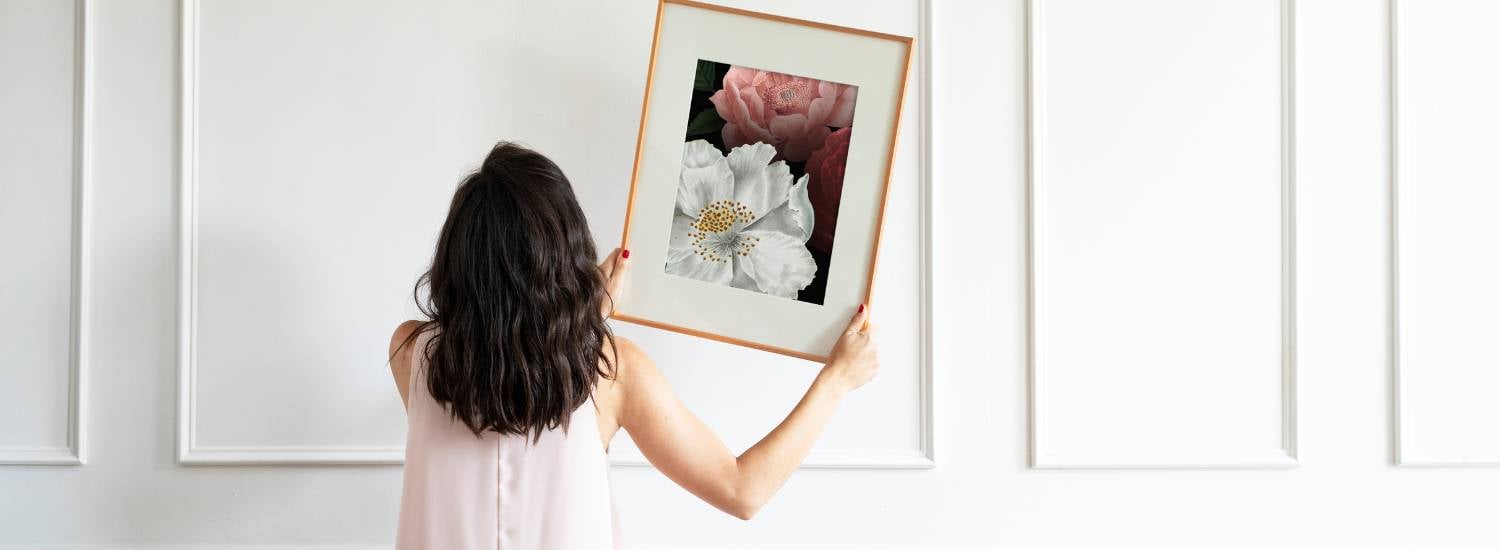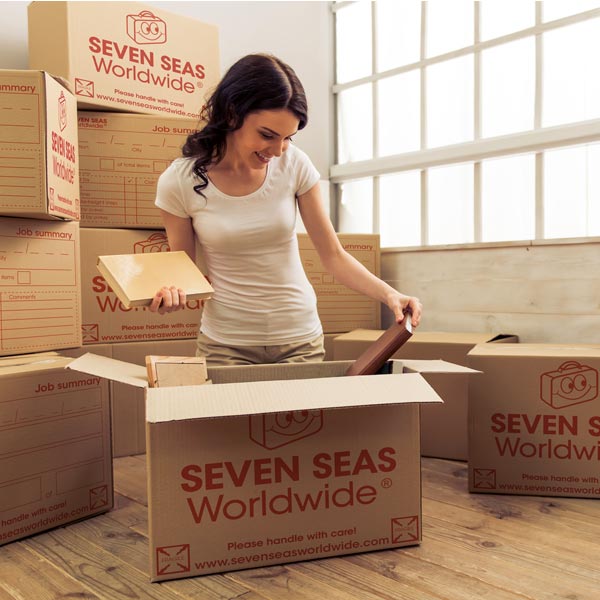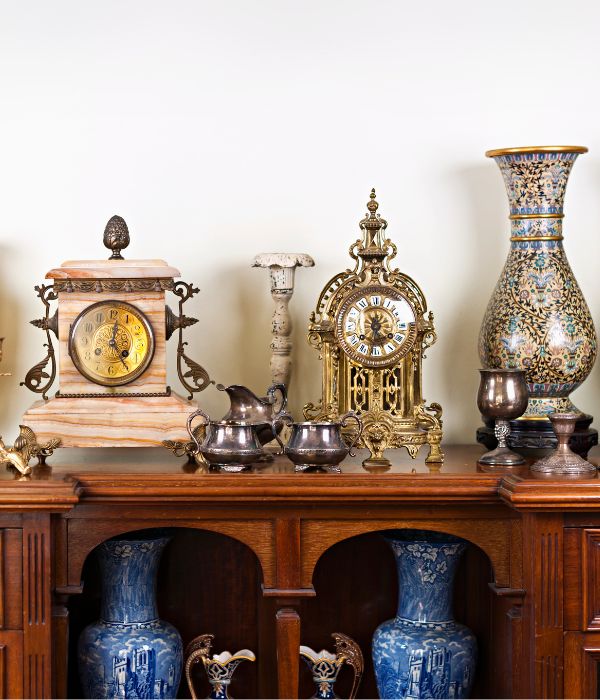Before packing, check this list of items prohibited from entering a particular country or region.
Key takeaways
- To ship art, use a trusted shipping company, take out insurance to be safe and prepare all required customs paperwork, including a detailed inventory of the items you wish to export and proof of their value.
- Places to buy boxes for shipping artwork include ULINE, the Packaging Store, Amazon, Home Depot and Packlane.
- To pack artwork for shipping, remove all attachments, clean the piece, cover it in protective layers, and place it inside a sturdy cardboard box with room for cushioned materials.
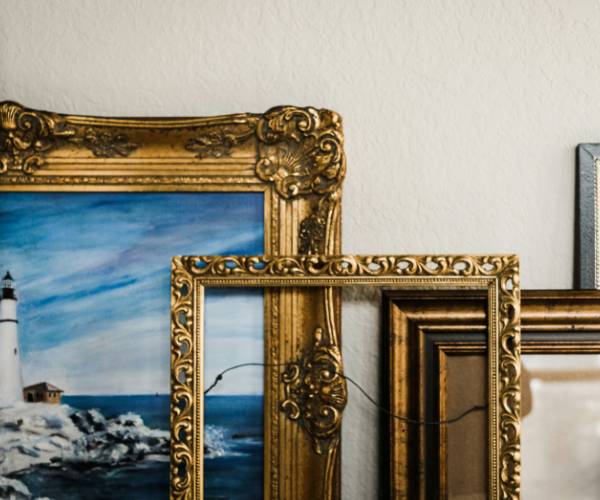
How to ship art
To ship art, use a trusted shipping company experienced with fragile items. Such companies offer a door-to-door service, including customs clearance, tracking, and insurance.
Taking out insurance is essential when shipping art, as it protects against loss, damage, or theft during transit. Without comprehensive cover, you may face significant financial or emotional loss, especially if the piece is expensive, sentimental, or irreplaceable. When insuring, you will need to get a valuation of the piece, and if you have purchased it recently, provide a Bill of Sale.
If you're shipping art overseas, prepare all required customs paperwork in advance, including a detailed inventory and proof of value, such as a receipt, invoice, or insurance valuation. Some countries have specific import restrictions on cultural property over a certain age, antiques, or artwork made from protected materials and may require a certificate such as a CITES permit or specific documentation.

Where to buy boxes for shipping artwork*
Places to buy boxes for shipping artwork include ULINE, the Packaging Store and Packlane. Always opt for trusted packaging suppliers and art-specific retailers that protect your art during transit. Container options to look out for include double-walled and climate-controlled boxes, custom sizes, and boxes designed to prevent impact and moisture damage.
Remember to select a box with room for padding around your artwork and avoid supermarket boxes — they aren't strong enough and will likely rip or collapse during transit! If you're shipping high-value pieces, always choose purpose-built boxes designed for fragile items.
Here are some popular places to buy boxes for shipping artwork:
- ULINE: the industrial supply experts offer custom-sized, double-walled boxes and a wide range of protective materials, such as foam and corner protectors.
- The Packaging Store: specialises in custom packaging for fragile items, including framed and unframed art.
- Packlane: the custom box maker offers art-specific shipping boxes tailored to the dimensions and fragility of your artwork.
*Seven Seas Worldwide does not endorse these products.

Supplies needed to pack artwork securely
Before boxing your artwork, gather your packing supplies, including a lint-free cloth, scissors, bubble wrap, packing peanuts, acid-free paper, parcel tape, 2 x hardboard sheets, corner protectors and a suitably strong shipping box.
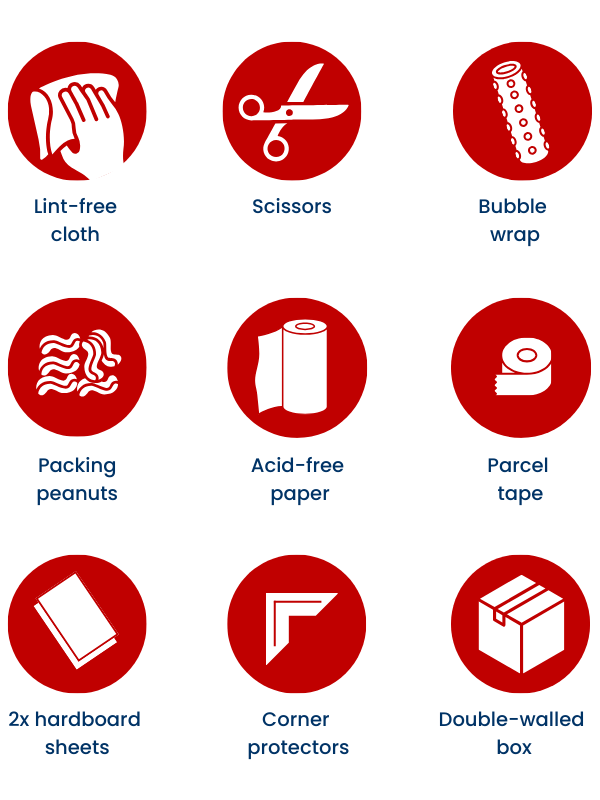
How to pack artwork for shipping
To pack artwork for shipping, remove all attachments, clean the piece, cover it in protective layers, and place it inside a sturdy cardboard box with room for cushioned materials. However, hiring a professional packing company to wrap it for you securely is the safest way to protect your valuable and fragile artwork during transit.
Start by removing anything that could cause damage during transport, such as nails, brackets, hooks, or screws. Then, gently clean your painting using a delicate, lint-free cloth* to prevent scratches and avoid using too much pressure. Consider hiring a professional conservator if there are any complex marks, dents, or stains, as they can assess the damage and carefully clean or repair your artwork using specialist tools and materials.
Once your artwork is completely dry, take pictures from various angles, including close-ups of imperfections, to accurately document its condition. Doing so will help your insurance claim if there's damage during transit.
Then, wrap your painting in acid-free packing paper* to protect the surface from dust, abrasion, and chemical reactions (paper with acid may cause discolouration or brittleness). Use two layers if your painting has a textured, rough, or particularly delicate surface. Cover your artwork in several layers of bubble wrap, secured with packing tape, until every inch, including the corners, is cushioned. Attach cardboard corner protectors for further reinforcement against impact and to prevent bending during transit.
Place your wrapped artwork inside a double-walled cardboard box with a few centimetres of extra space and packing peanuts* along the bottom. Fill gaps at the sides and top with more packing peanuts for further protection and to reduce movement during shipping. Give the box a gentle shake. If you feel movement, add more packing peanuts until it stops.
Top tip: if shipping multiple artworks, separate them with cardboard dividers inside the box to prevent them from rubbing against each other.
Finally, seal your box with overlapping layers of thick packing tape. Pay close attention to the edges where the flaps meet and your box's base and lid. It's also wise to place two sheets of hardboard cut to the same size as the box either inside it or taped very tightly to the outside to protect against impacts and twisting. Label your sealed box with "Fragile" and "This Side Up" stickers to warn handlers.
*Seven Seas Worldwide does not endorse these products.
